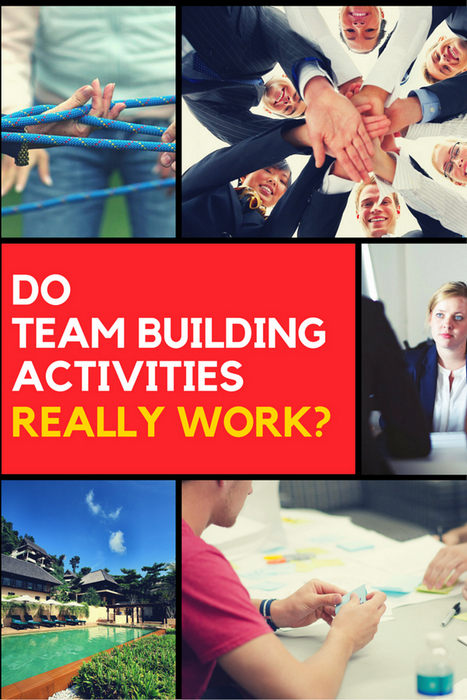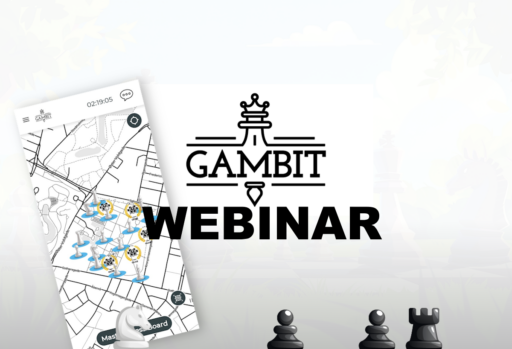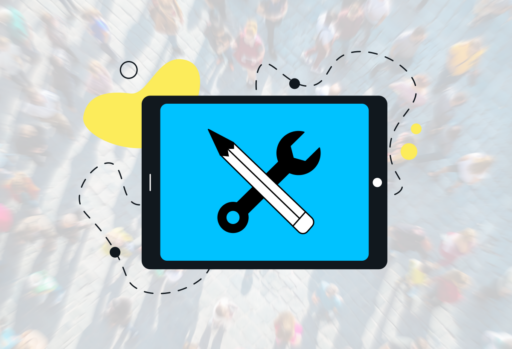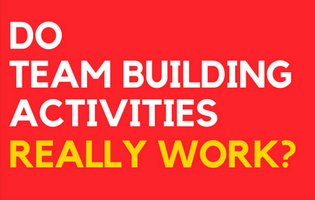Whatever the size of your organization, you’ve probably considered using team building events and activities to improve cohesion between your employees, strengthen your team and ultimately perform better as a business.But to some, team building events can seem frivolous or a waste of time and money.
Is it worth investing our time and money in such activities?
Do team building activities really work?
We hope to answer just that. But first it helps to know a little history of how team building came to be.
The history of team building
The concept of team building and its effects on employees can be traced back to a study conducted by Elton Mayo at the Western Electric Hawthorne Works in Chicago between 1927 and 1932. Mayo’s research, which became known as the Hawthorne Studies, showed that there was a positive correlation between improving the physical and psychological conditions of the workers and higher productivity.
 In one of his experiments, Mayo manipulated the levels of lighting in the work environment to assess the effect of changing the physical environment on productivity. He found that the group exposed to more light was more productive than the control group, and that their productivity remained high even after the lights were dimmed, and throughout the rest of the experiment.
In one of his experiments, Mayo manipulated the levels of lighting in the work environment to assess the effect of changing the physical environment on productivity. He found that the group exposed to more light was more productive than the control group, and that their productivity remained high even after the lights were dimmed, and throughout the rest of the experiment.
Mayo concluded that while the brighter working conditions were a positive change (a break in the routine that resulted in higher productivity), the continued high level of productivity even after the lights were dimmed highlighted that there were psychological elements in play. What made the difference for the workers was that the management cared for their well-being and were willing to make changes to improve their working conditions.
In another experiment, Mayo studied whether providing more psychological stimulus to workers would have an effect on productivity. Two female workers in the factory were selected. They became the basis of a 6-person team and were given the choice of selecting the other 4 team members. The team worked together in isolation, with a friendly supervisor to oversee their work. Mayo made sure to involve the team in the experiment: he shared with them the changes that would be made, asked them for feedback and listened to their complaints. Mayo also then manipulated other aspects of their working conditions such as providing more breaks and shortening work hours.
Productivity did increase, but Mayo concluded that it could be attributed to more than the tangible changes (shorter hours, more breaks). By creating a team that worked closely together, the 6 female workers were able to develop bonds as they were able to constantly interact with each other. This interaction was missing in the main factory line. The sense of belonging and freedom fostered within the group made them work better together and improved their productivity. The team set-up allowed for greater interaction between the workers. They created a group identity and a system of social support in the workplace, which was previously lacking.
The Hawthorne Studies had a profound impact on how management approached the creation of a positive work culture and the importance of building good relationships with workers. Mayo’s research successfully showed that psychological stimulus can have a significant impact on the workforce. This ultimately led to the emergence of team building as a group development tool that is still practised today in the form of group retreats, team building activities, workshops and boot camps.
How can team building help your team?
Over the years, team building has become a buzzword in most organizations. But do team building events and activities really work? According to a research paper by The Small Group Research, team building does have a “positive moderate effect across all team outcomes”.
In what ways can team building events and activities have a positive impact on your team?
- Improve communication
Team building activities are designed to improve the lines of communication between team members. During the activities, participants are encouraged to verbalize their opinions, problems faced and suggestions on how to tackle the problems.
With the help of a facilitator, participants learn how to give everyone in the team space and time to contribute their ideas and how to communicate in a more open and constructive manner.
- Ease conflicts
In the workplace, there are various personalities who may not naturally get along. Team building activities give participants a chance to experience their colleagues’ personalities in a non-work environment.
This can help to foster a better understanding of the different characters in the team and how each person can relate to the other. Interacting with a colleague in a non-work setting humanizes them and helps to build bonds.
- Build trust
Encouraging better communication and understanding between team members definitely helps to build trust. Some team building activities are designed to make participants depend on each others’ skills and judgments. Other trust-building activities could be as simple as the sharing of personal information that makes it easier for team members to relate to each other as people and not just employees in the company.
Mutual respect can go a long way towards building a stronger team.
- Increase collaboration
Better relationships between team members will inevitably lead to more collaboration and synergy, as they find it easier and more fulfilling to work together to achieve shared goals.
So, yes, team building events and activities do work!
The above 4 effects of team building contribute to the creation of an environment of psychological safety. When the members of your team feel comfortable enough to speak up, it creates a dynamic in which the team becomes highly collaborative and effective.
Besides, not all team building events and activities cost a lot of money. There are many team building activities that you can actually conduct on your own!
About the author
Michael Henman is the Owner of Venture Team Building.
Has over 8 years experience as a trainer, facilitator and manager. Believes personal development and team building can make a massive difference and help individuals and teams realise their true potential. His goal with the Venture Team Building is to share the best team building activities, tips and strategies to get organisations performing at their best.
Related stories

Are you looking for the perfect team-building activity? Look no further! We’re excited to introduce GAMBIT, a new team-building game...

Playing games is fun, but creating games is even better. What if you generate a profit from your own game...

QR codes have become mainstream, but it can be tough to find QR Code Scavenger Hunt ideas. And yet, these...
Start free trial to bring your ideas to life
Sign up and create games, tours, team events and educational content that captures peoples' attention
Start from the scratch or use templates to kickstart!
